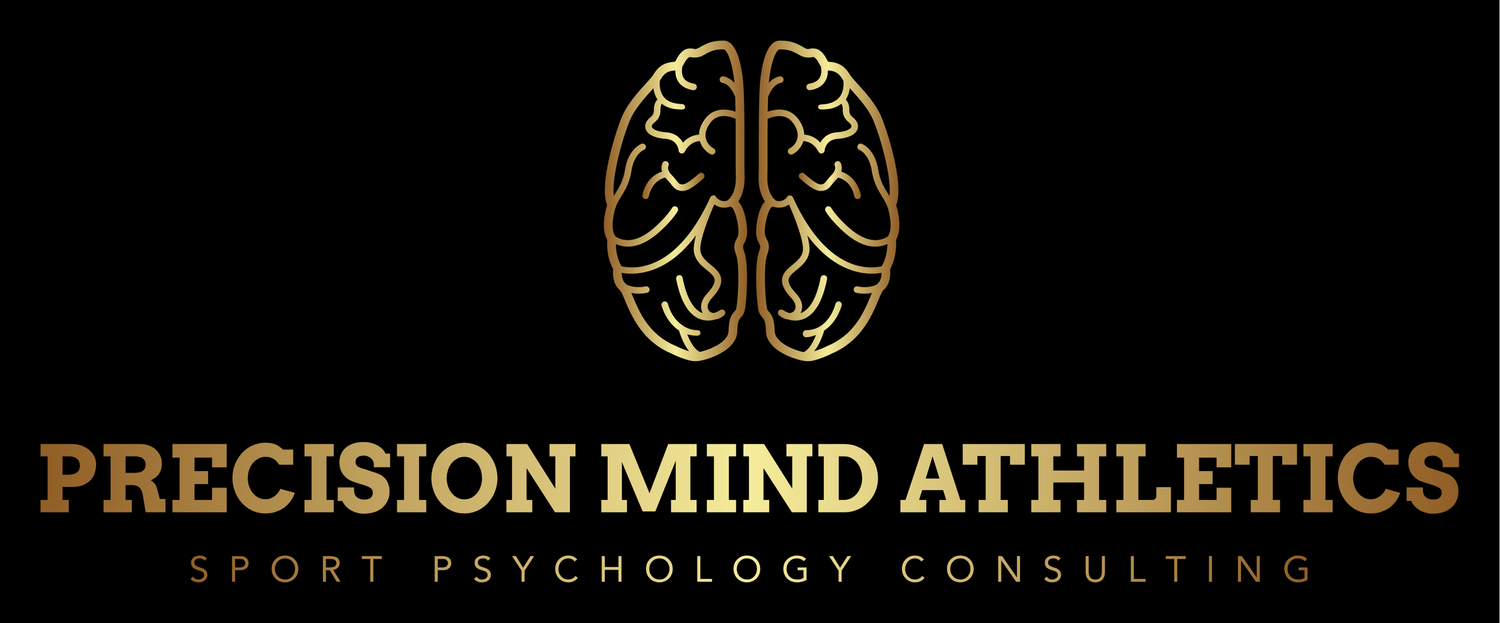The Power of Goal Setting: Peak Performance in Athletes and High Performers
In the pursuit of performance excellence, goal setting is an important and often under utilized strategy for athletes and high performers. It’s more than a motivational tool - goal setting is a research driven practice that fosters direction, purpose, confidence, and measurable progress. When utilized effectively, it transforms aspirations into actionable steps that can be taken to bridge the gap between potential and achievement.
Why Goal Setting Matters
Athletes and high performers operate in competitive and high-stakes environments where the margin for error can be razor thin and the difference between winning and losing. By having goals one has created a roadmap that provides clarity in a chaotic landscape…….
In the pursuit of performance excellence, goal setting is an important and often under utilized strategy for athletes and high performers. It’s more than a motivational tool - goal setting is a research driven practice that fosters direction, purpose, confidence, and measurable progress. When utilized effectively, it transforms aspirations into actionable steps that can be taken to bridge the gap between potential and achievement.
Why Goal Setting Matters
Athletes and high performers operate in competitive and high-stakes environments where the margin for error can be razor thin and the difference between winning and losing. By having goals one has created a roadmap that provides clarity in a chaotic landscape. They align focus, reduce distractions, and Channel energy toward meaningful objective. Without having clear goals, even the most talented individuals risk struggling with stagnation, burnout, or becoming overwhelmed by the magnitude of their ambitions.
As athletes we often set lofty ambitions for ourselves like becoming a professional at our sport, qualifying for the Olympics, or breaking records. While this dreams are inspiring, they can also feel overwhelming and unattainable; and without a structured plan they often are. When the gap between our current abilities and ultimate aspirations appears too large, athletes may struggle with self-doubt, procrastination, or a sense of paralysis. by breaking these large ambitions into smaller, actionable goals, athletes can create a roadmap that transforms the seemingly impossible into manageable steps. Studies show that setting specific, challenging yet attainable goals leads to higher levels of performance when compared to vague or unstructured aspirations.
Benefits of Goal Setting
Enhanced Focus and Motivation
Goals act as your mental GPS, keeping us centered in the direction of what truly matters. When distractions or challenges push us off our path, a well-defined goal can serve as the bigger picture, reigniting motivation and putting us back on the path towards the objective.
Improved Confidence
Achieving small, incremental goals builds self-efficacy—the belief in one’s ability to succeed. This growing confidence cascades into higher aspirations and the resilience to tackle more demanding challenges.
Structured Progression
Long-term objectives can feel daunting without a structured approach. By breaking them into smaller, manageable milestones, we create a clear path forward, celebrating wins along the way to sustain momentum.
Enhanced Emotional Regulation
Goal setting fosters a sense of control and agency, reducing anxiety in high-pressure scenarios. Knowing there’s a plan in place helps us remain composed, even in the face of setbacks.
Team Alignment and Cohesion
For team sports or collaborative settings, shared goals unite individuals under a common purpose. This alignment enhances communication, trust, and collective performance.
Best Practices for effective Goal Setting
Balance Process and Outcome Goals: While outcome goals focus on results (winning a championship), process goals emphasize the behaviors and strategies needed to achieve them (completing weekly skills drills). Both are crucial to success, but process goals often provide the actionable steps needed to drive progress.
Use Visualization and Reflection: Athletes who visualize achieving their goals and reflect on their progress create a deeper connection to their objectives, reinforcing motivation.
Adapt Goals When Necessary: Flexibility is vital. Life is unpredictable, and adjusting goals to reflect current circumstances ensures they remain relevant and achievable.
Seek Support and Accountability: Coaches, teammates, or mentors can provide guidance, encouragement, and honest feedback to keep athletes on track.
Conclusion
Goal setting isn’t just a task to check off - it’s a dynamic process that leads to peak performance. By crafting meaningful, actionable goals, athletes and high performers can unlock their potential, achieve their aspirations, and thrive under pressure. Whether you’re training for your next big event or striving to reach new heights in your career, a well-structured goal-setting strategy is your secret weapon for sustained success.
Stay Focused, Stay Ahead
Ready to unlock your full potential? Join the Precision Mind Athletics community and gain exclusive access to performance tips, goal-setting strategies, and tools to take your game to the next level.
Sign up for our free newsletter today and get actionable insights delivered straight to your inbox. We value your time and privacy, so we promise no spam—just high-quality content to help you excel. Plus, you’ll be the first to know about upcoming events, workshops, and resources designed to elevate your performance.


